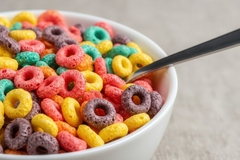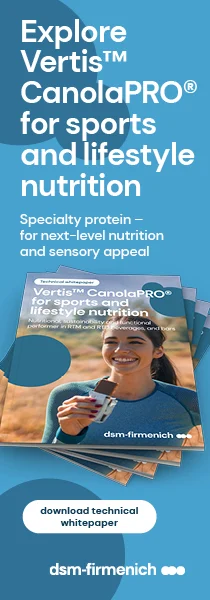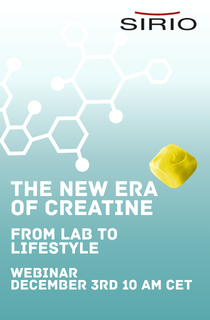Tate & Lyle’s New Market Research Reveals Health and Dietary Fiber Preferences in Mexico
“Tate & Lyle understands an obesity challenge exists in Mexico, which affects overall health,” Chimoff says. “Our new consumer market research provides companies with insights for communicating with their consumers and effectively discussing the health and wellness benefits achieved when using PROMITOR Dietary Fiber across seven product categories for weight management, immunity defense and healthy digestion, the top health concerns for Mexicans.”
05/02/09 The Mexican population is growing and so are the waistlines. Propelled by an increased availability of fat-laden foods and drinks, Mexican health officials believe the country could overtake the U.S. as the most obese nation in the world. Tate & Lyle, the maker of PROMITOR Dietary Fiber believes times could be changing. In its new market research, the company found that 65 percent of Mexicans report having a greater interest in healthy eating and 71 percent say it is important to add dietary fiber to their diets.

Harvey Chimoff, Director of Marketing, Americas, Tate & Lyle, says the growing emphasis on healthy eating and consuming fiber allows food and beverage companies to support Mexico’s new health campaign, “Vamos Por un Million de Kilos.”
“Tate & Lyle understands an obesity challenge exists in Mexico, which affects overall health,” Chimoff says. “Our new consumer market research provides companies with insights for communicating with their consumers and effectively discussing the health and wellness benefits achieved when using PROMITOR Dietary Fiber across seven product categories for weight management, immunity defense and healthy digestion, the top health concerns for Mexicans.”
Tipping the Scales
Last year, the Associated Press reported that nearly half of Mexico’s 110 million citizens are overweight, and obesity among children climbed 8 percent a year over the past decade. Tate & Lyle’s market research reveals that 79 percent of Mexicans find managing weight to be an important issue, especially among 18-24 year olds.
Sue Potter, Ph.D., RD, Vice President, Global Health & Nutrition Sciences, Tate & Lyle, says PROMITOR Dietary is a key ingredient manufacturers should incorporate into food and beverages.
“Diets high in fiber are associated with overall good health as well as weight management,” Dr. Potter adds.
Contrary to long-standing beliefs about fiber’s bland taste, the company’s consumer market research shows 64 percent of consumers believe fiber can taste good. The company’s research found the following foods with added fiber were rated as appealing:
- 76 percent consider cereals and grains a source of dietary fiber, and 80 percent believe cereals and grains that help to manage weight is appealing
- 48 percent consider dairy products a source of dietary fiber and 78 percent find dairy that helps to manage weight appealing
- 46 percent consider baked goods a source of dietary fiber and 71 percent believe “excellent source of fiber” are appealing on baked goods
- 63 percent of people believe “high in fiber” in beverages is appealing and 80 percent say they find fiber for healthy digestion appealing
Fiber Content Impacts Parental Purchase Decisions
In 2002, Mexico’s National Institute of Public Health reported that 30 percent of elementary school-aged children and 45 percent of adolescents were overweight or obese. Tate & Lyle’s research found that dietary fiber is a key nutrient for parents when considering products for their children and reading labels is a healthy habit they have adopted when purchasing food for their children:
- 43 percent of parents report actively thinking of including dietary fiber in their children’s diet
- 82 percent of parents agree that dietary fiber is an important component of their children’s diets
- 74 percent agree they read labels more often if the product is for their children
Reading Food Labels
Research respondents reveal that they use food and drink labels to help add nutrients, like dietary fiber, to their diets; to help decide the “healthfulness” of a product; and to help avoid perceived “potentially harmful” ingredients. Key reasons people read labels are:
- 52 percent agreed they read nutritional facts and ingredient labels to check the products they buy
- 51 percent say they look at labels more often when they are trying to lose weight
- 63 percent say they generally look for products with familiar ingredients















